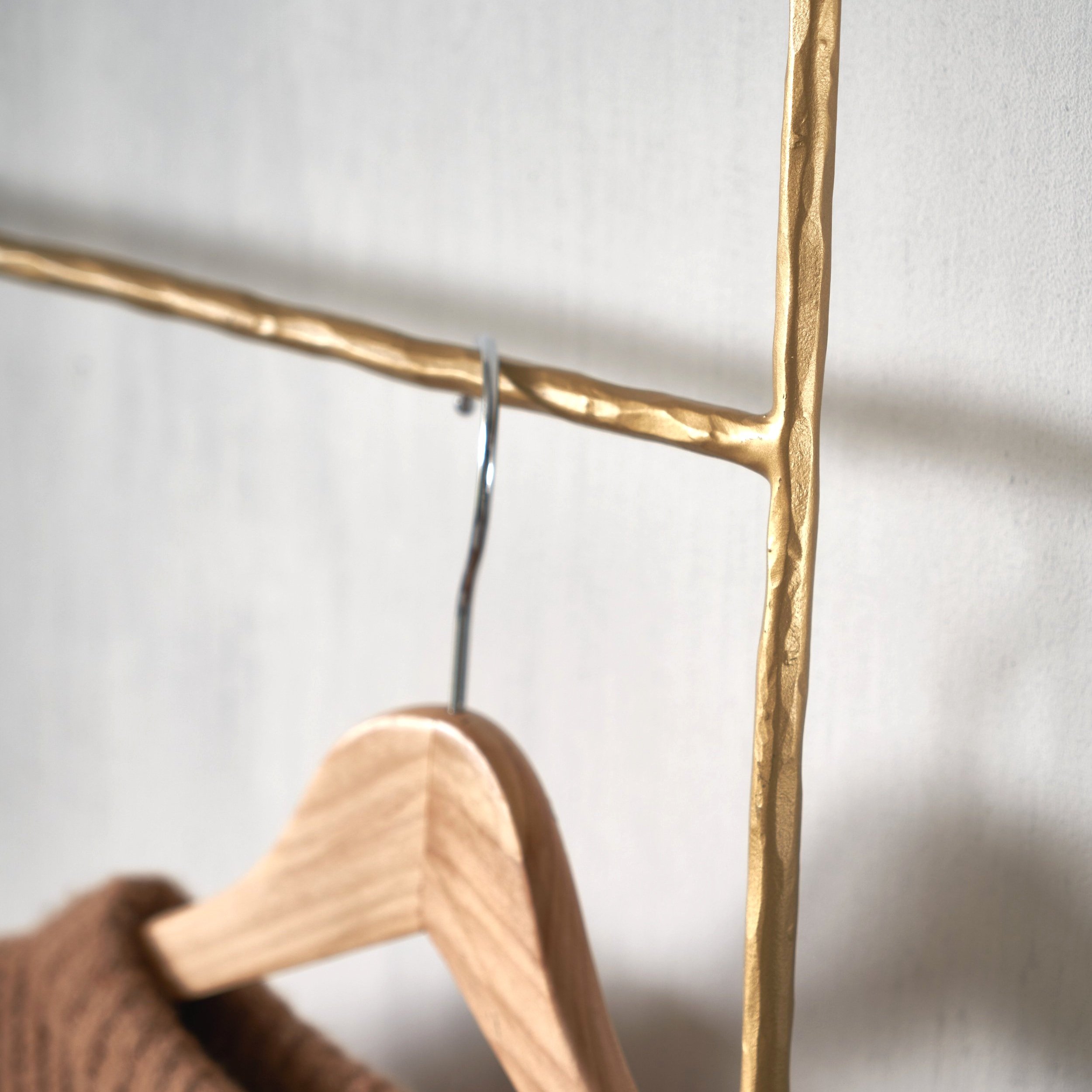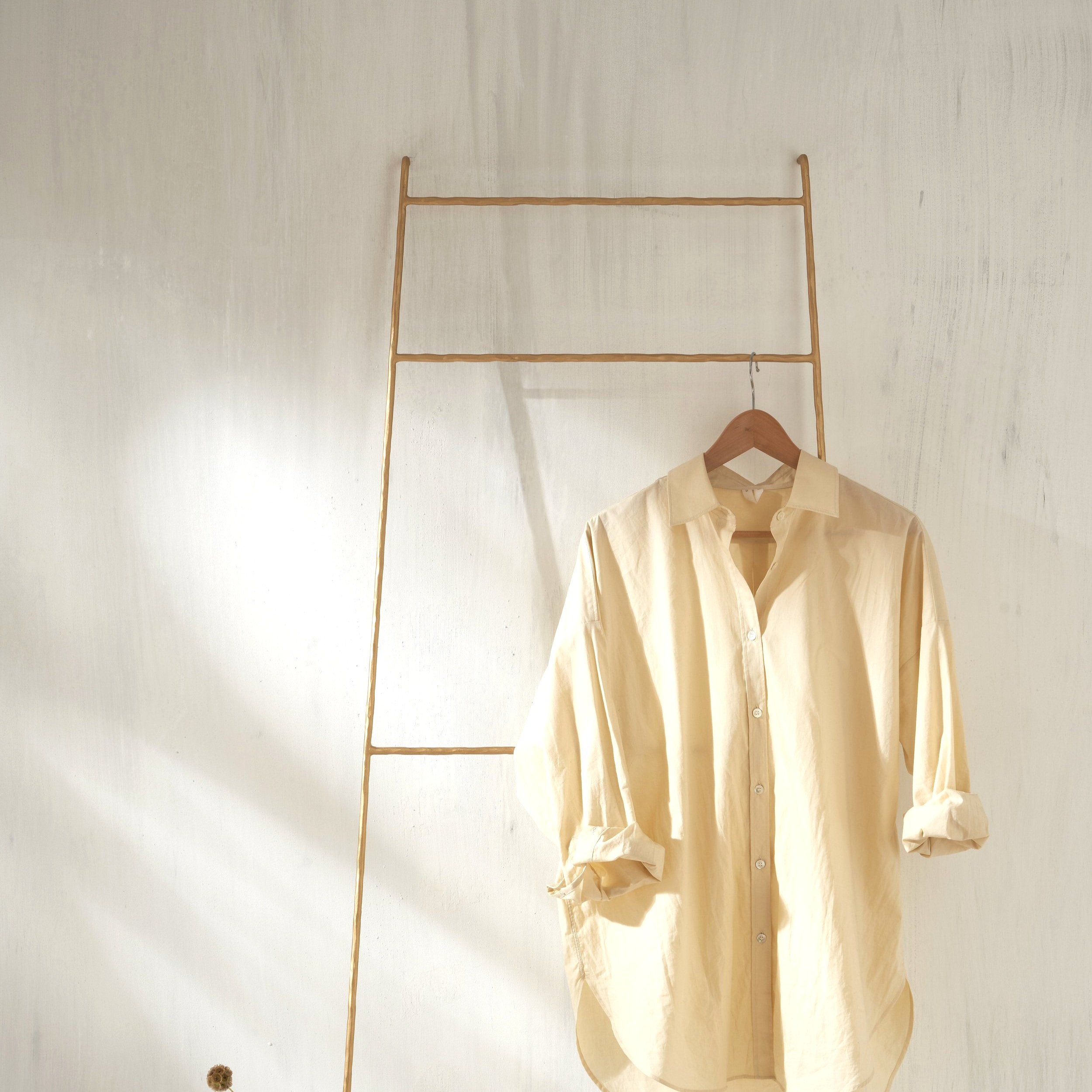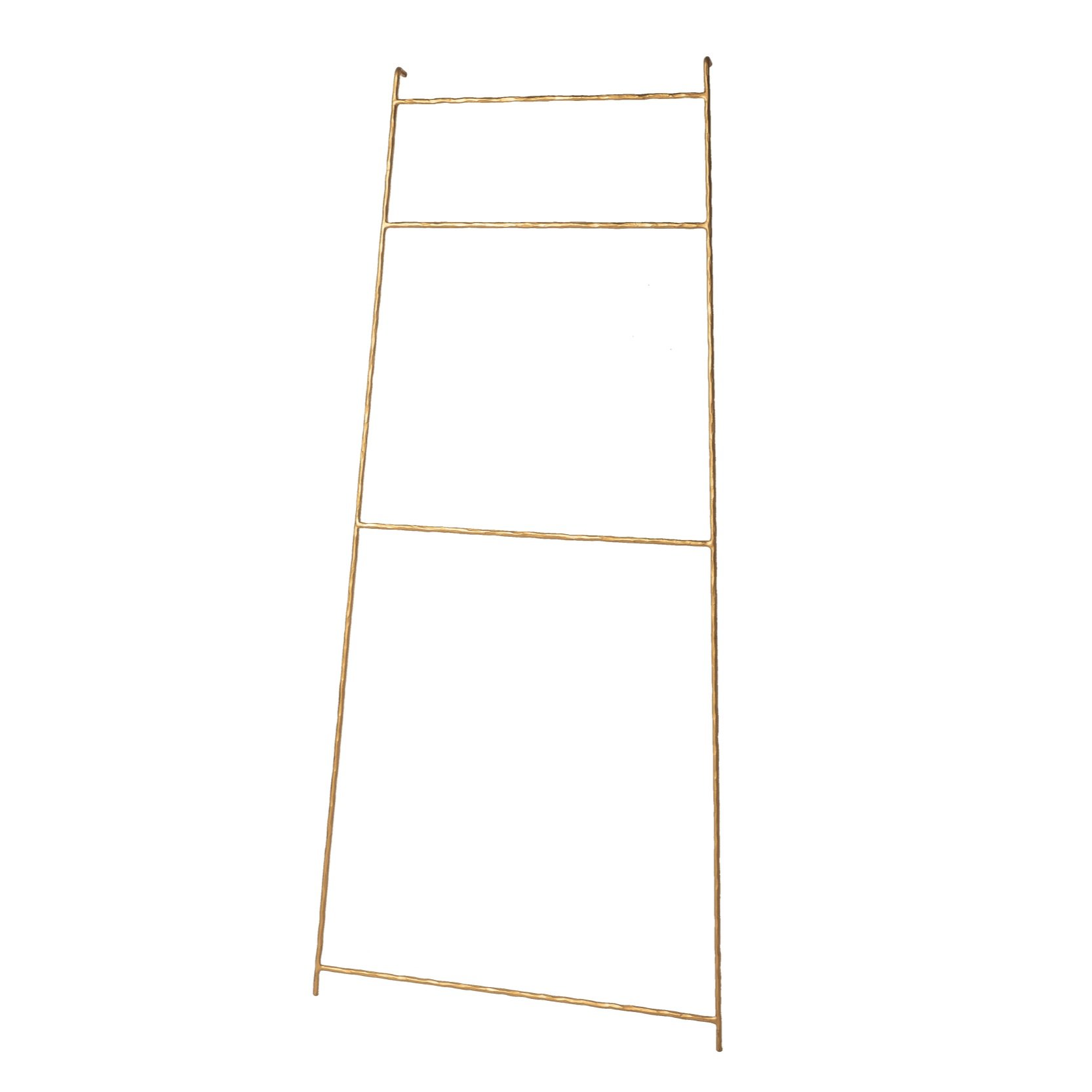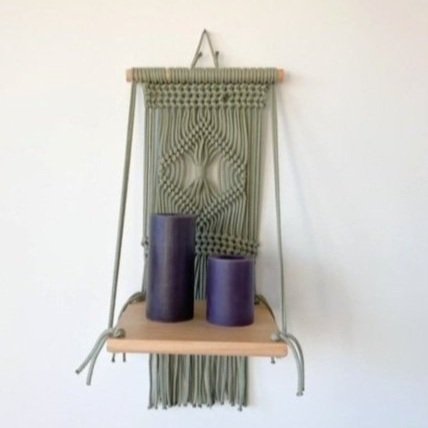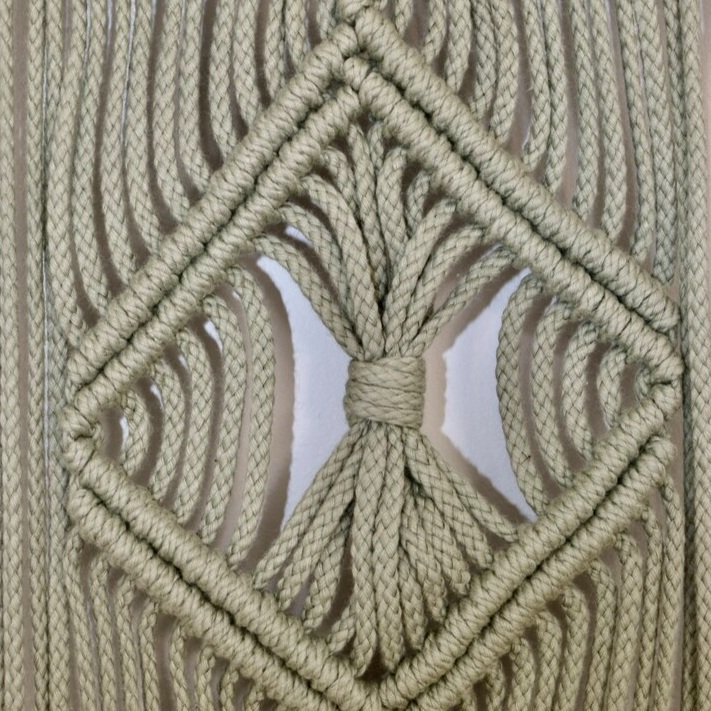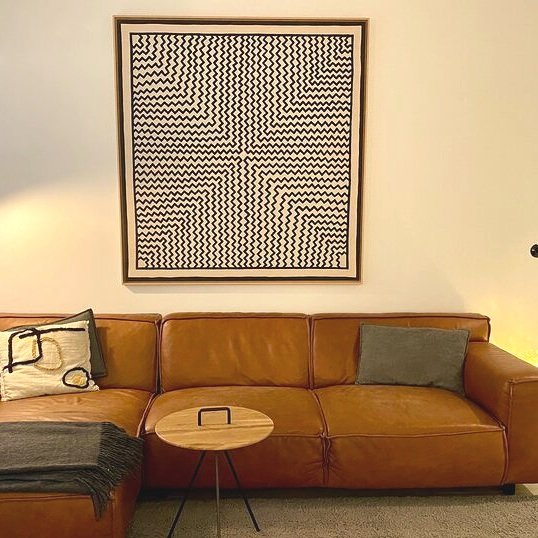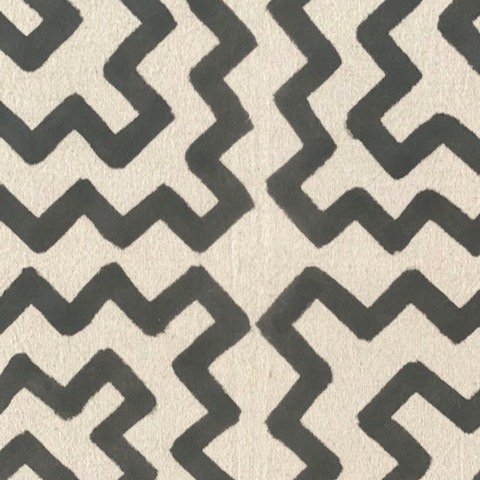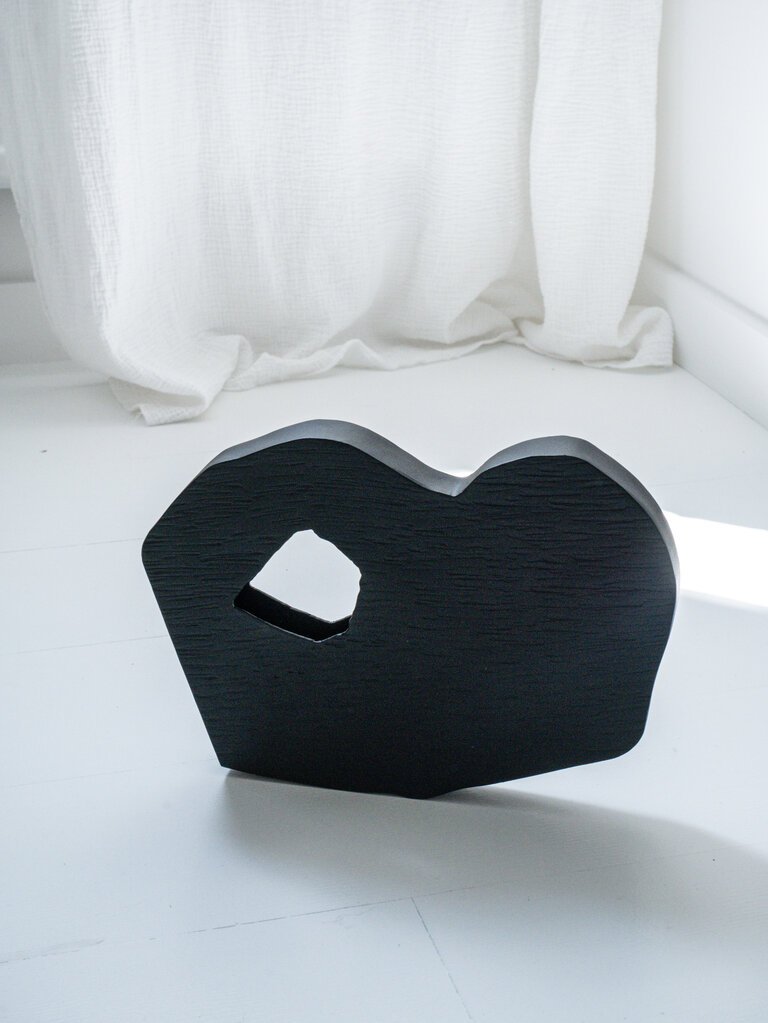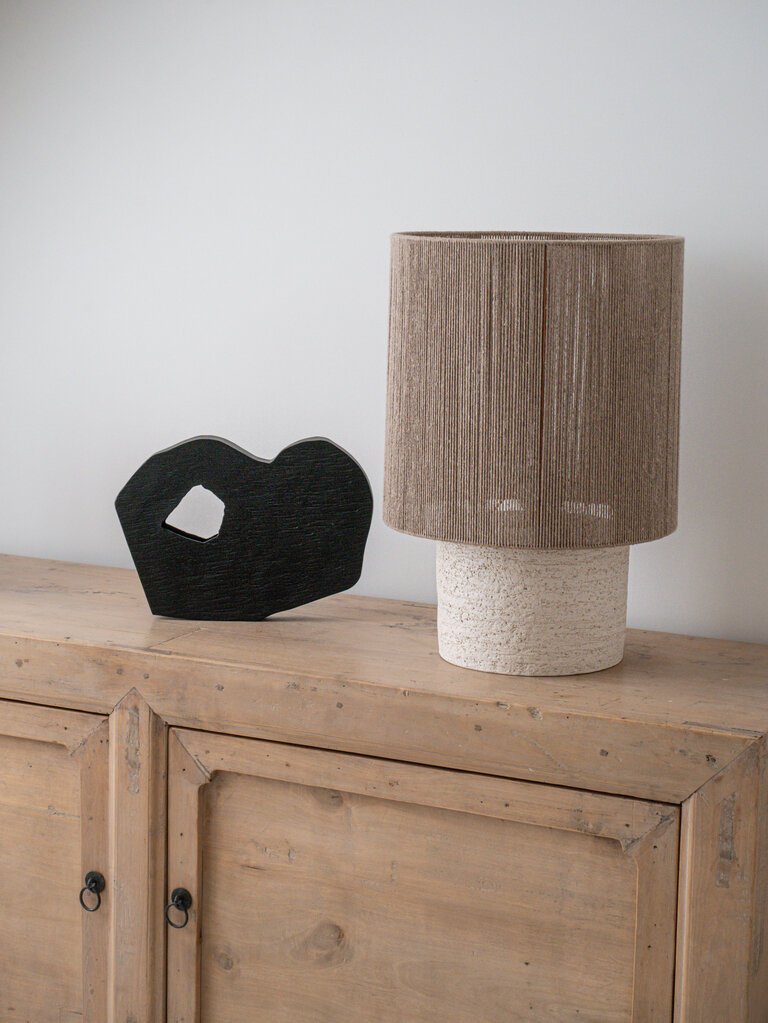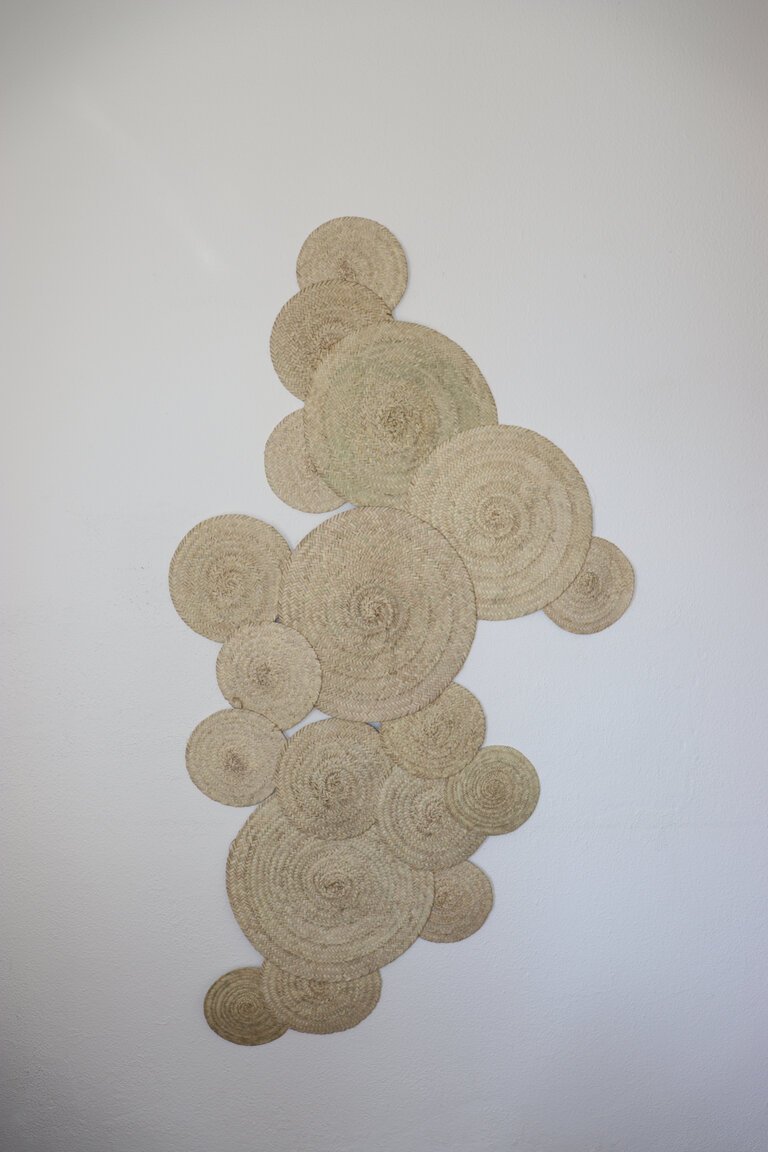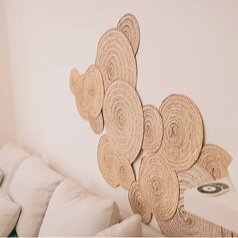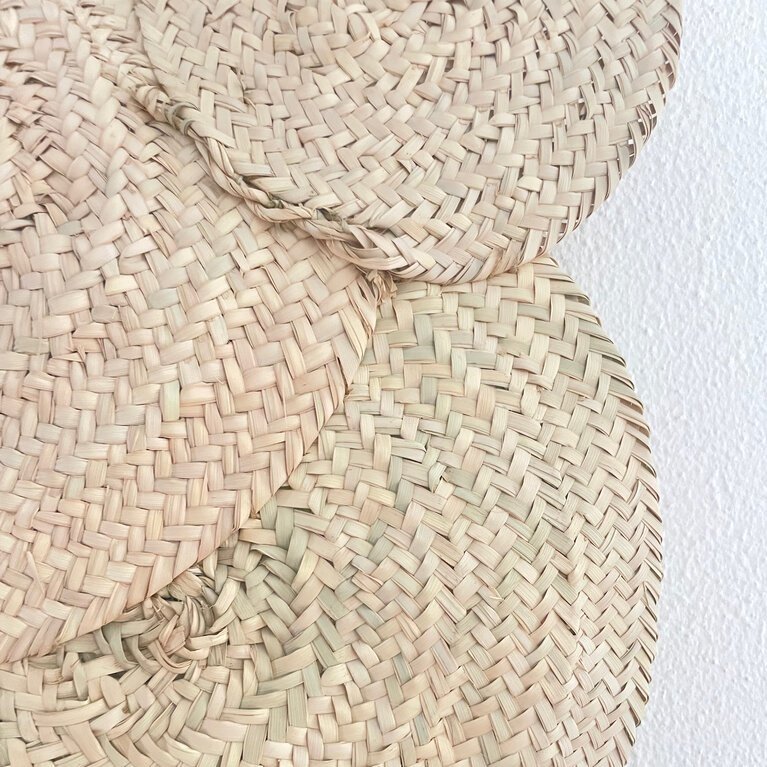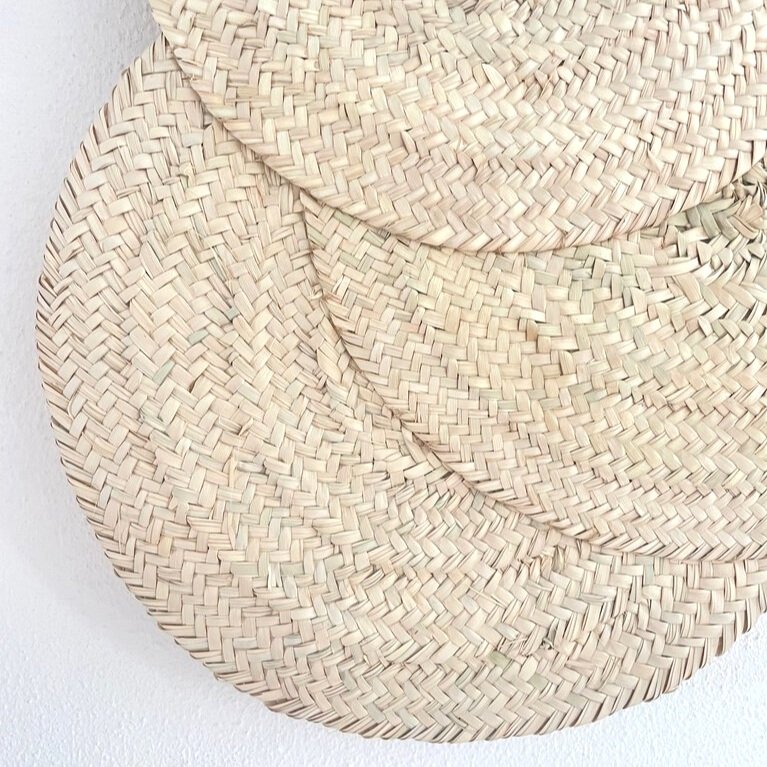 Image 1 of 2
Image 1 of 2

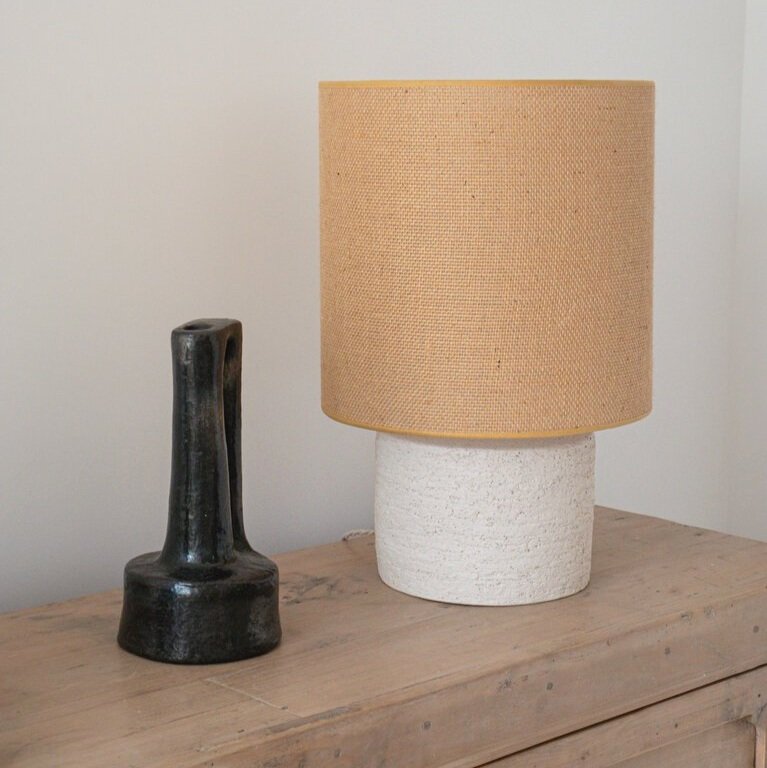 Image 2 of 2
Image 2 of 2



Sejnane black pottery
It is in the village of Sejnane, in the north of Tunisia, that women perpetuate the ancestral tradition of pottery from mother to daughter. The technique they use is so special that it has been listed as a Unesco heritage site. The clay is generally extracted from the wadi beds, then cut into lumps, crushed, purified and soaked before being kneaded and shaped by hand. The result is natural pottery with an irregular format for a pure ethnic effect. The model we have selected is produced in very limited editions.
Handmade. Limited edition.
H30cm diam 15cm
It is in the village of Sejnane, in the north of Tunisia, that women perpetuate the ancestral tradition of pottery from mother to daughter. The technique they use is so special that it has been listed as a Unesco heritage site. The clay is generally extracted from the wadi beds, then cut into lumps, crushed, purified and soaked before being kneaded and shaped by hand. The result is natural pottery with an irregular format for a pure ethnic effect. The model we have selected is produced in very limited editions.
Handmade. Limited edition.
H30cm diam 15cm
It is in the village of Sejnane, in the north of Tunisia, that women perpetuate the ancestral tradition of pottery from mother to daughter. The technique they use is so special that it has been listed as a Unesco heritage site. The clay is generally extracted from the wadi beds, then cut into lumps, crushed, purified and soaked before being kneaded and shaped by hand. The result is natural pottery with an irregular format for a pure ethnic effect. The model we have selected is produced in very limited editions.
Handmade. Limited edition.
H30cm diam 15cm


